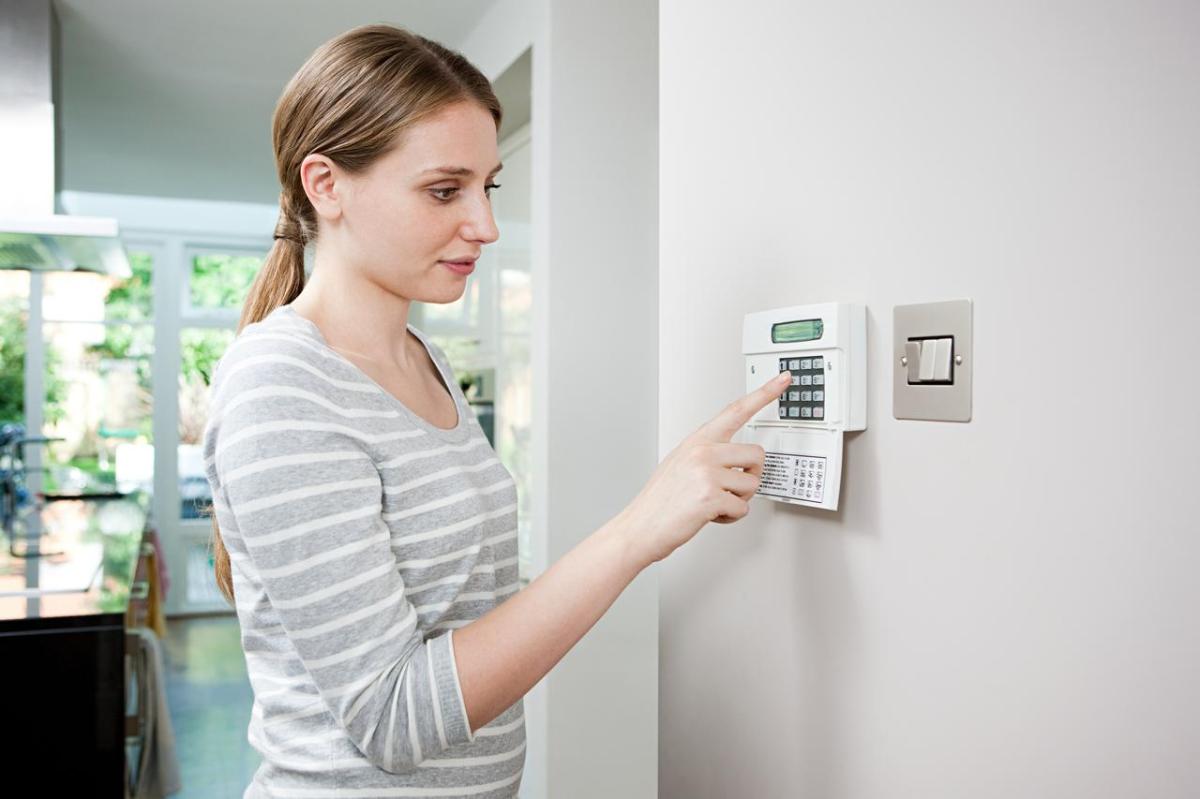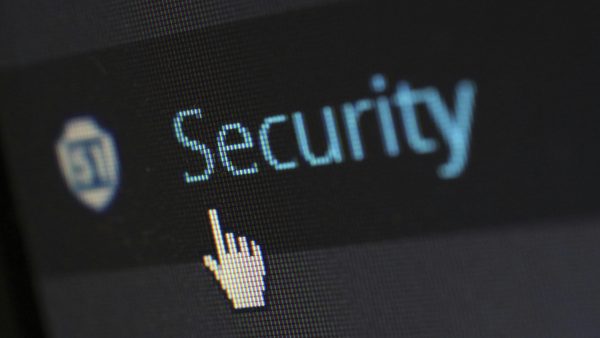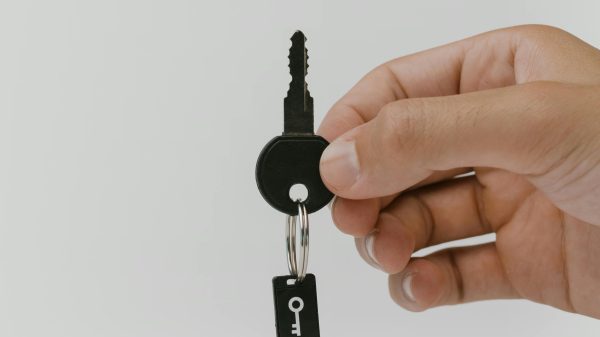Previously, users accessed security systems through the creation of perimeter fences that merely triggered an audible or light alarm when these boundaries were invaded. However, alarms now have electronic technology capable of preventing burglaries in a much more advanced way, even preventing them and avoiding major problems.
What is an electronic technology alarm?
In addition to alarms and intrusion detection systems, electronic security includes any electronic device capable of carrying out a security operation through rapid information processing techniques such as motion sensors or video surveillance circuits. A prime example is access control systems.
Alarms with electronic technology use sensors to detect unauthorised presence or breach in the protected area. Today, most home and business alarms operate with electronic technology. In addition, they facilitate real-time communication with monitored control centres and mobile devices, and allow operation from anywhere.
The latest technology to prevent theft
To improve and optimise the objectives of electronic alarms, technology to prevent burglaries in the home and in businesses, has incorporated a number of new functions such as fog and smoke systems, which, although it may seem like a science fiction function, is entirely real and developed from the exchange of data. These devices are activated when they detect intruders, and begin to disperse white smoke or fog, with the aim of making movement within the invaded space more difficult.
It is important to note that the smoke is neither toxic nor intended to attack, it is simply intended to scare off and try to prevent theft, as it gives the necessary time for the authorities to arrive on the scene.
Motion and noise sensors are another method of prevention. When the sensors detect unusual activity, usually through infrared radiation or ultrasonic waves travelling through the area, they focus in that direction. In addition, they immediately send a notification to the alarm administrator, thanks to Wi-Fi connectivity. This is undoubtedly a very useful feature, as they not only issue a real-time alert, but also record what happened.
Night vision is a necessary complement to business. Most businesses shut down at night, which is when they are most prone to theft. With the night vision system, the cameras are able to record and monitor in the dark, so that strange movements can be observed in detail. Thus, businesses not only have the tools to go to court, but also to limit movement.
Cloud-based remote monitoring allows the administrator to centrally manage and be informed about the movements recorded by the security cameras. This aspect is very convenient, as owners can identify suspicious movements at first hand, and certify that everything is working properly.
Thanks to the commitment to digitisation and connectivity, the link with surveillance centres is undoubtedly a very practical service, as they do everything that alarms and owners cannot do by themselves. For example, if the user is far from the scene, they alert officers to the suspicious activity and they are directed to the business or home. They make sure that everything is in order. Connection to monitored centres offers 24-hour peace of mind and protection.
Another innovation applied in electronic technology alarms is micro-surveillance, a crucial aspect that makes these systems unnoticed. Due to their small size, micro surveillance cameras can be hidden in vases, dolls, boxes, etc. and go unnoticed.
Thanks to technologies such as biometrics, it is possible to use fingerprints instead of traditional locks. With this innovative development, users do not have to worry about security keys, they only have to use their fingerprint, previously digitised. And, in the event of an unknown fingerprint, the alarm is triggered directly.
Another relevant functionality is the presence-simulating deterrence. When the sensors detect suspicious movement, they activate lights and music to simulate that people are in the home or business. With the use of the Internet of Things, every detail can be programmed and personalised by transferring the signal from the mobile phone, computer or tablet, in most cases criminals are often deterred from attempting a burglary.
Advantages of using technology to prevent theft
Electronic technology allows alarms to increase the potential of their functionalities, beyond increasing the light or sound warning of the presence of intruders. Compared to conventional security systems, they have the following advantages:
- The alarms have 24-hour monitored connectivity.
- They have remote control and can be linked to different devices.
- They allow partial arming, i.e. they can be activated only in certain areas of the house.
- They store and analyse specific information in order to detect the movements of strangers at any given moment.









